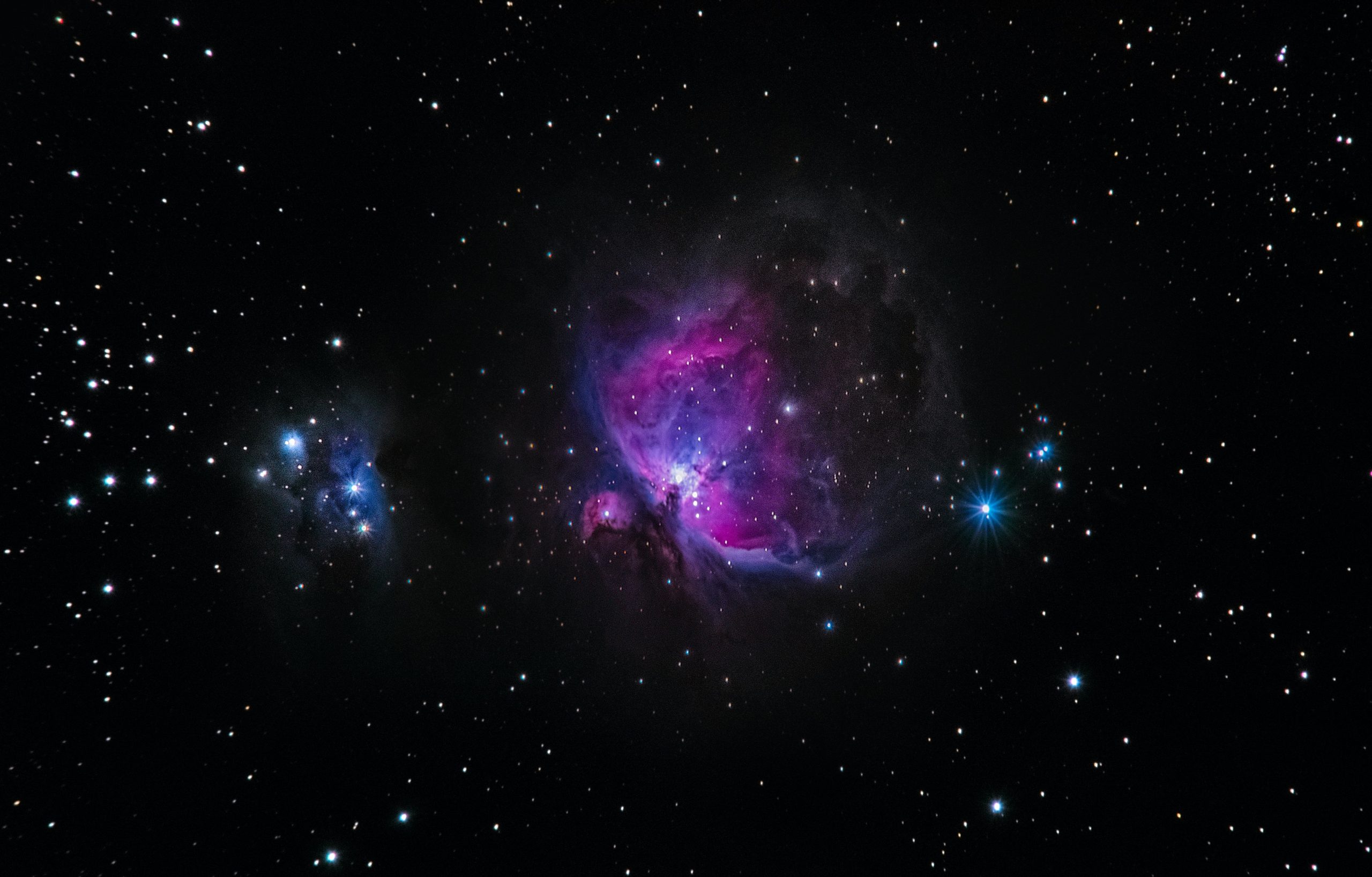Bastet: The Beloved Egyptian Deity

Hey there, amazing readers! 🖐️ Just a quick note: yes, we know there are a lot of ads here. Trust us, we get it—it’s not the prettiest look, but they help us keep this blog alive and kicking. Those pesky little ads cover the costs of all the behind-the-scenes magic, from hosting and tech stuff to creating content we hope you’ll love.
We’re committed to delivering quality posts, and your support (even just sticking around despite the ads) means everything to us. So, bear with us, and thanks for helping us keep the good vibes rolling. Now, on to the fun stuff! 😉
TRANSLATE BUTTON AT THE END OF THE ARTICLE
Bastet, the Egyptian deity, has always intrigued me, and I can’t help but wonder—what made her so adored in ancient times?
When we think of Egypt, our minds often race to pyramids, pharaohs, and gods with majestic animal forms.
But if there’s one figure that brings a sense of warmth and protection, it’s Bastet, the goddess who holds a special place in both the mythical and real lives of the Egyptians.
This goddess, with the head of a lioness or a domestic cat, is a symbol of both fierce strength and gentle tenderness.
It’s fascinating how she represents such duality: warrior and protector, mother and nurturer.
Let’s dive into the rich world of Bastet and explore her significance, from temples to homes, and discover why she continues to captivate us even today.
Who Is Bastet?
If you’ve ever seen ancient Egyptian depictions of gods, you’ve probably come across Bastet, standing tall with her feline head, her body human.
She’s not just a cat lady—Bastet is an incredibly layered figure in Egyptian mythology.
Initially worshipped as a lioness, she was a goddess of war and protection.
Her fierce lioness aspect symbolized the heat and power of the sun, and she was often invoked during times of battle.
Over time, her image softened, and she became associated with domestic cats, which are much more relatable to us.
I mean, who doesn’t love cats, right?
This transition from wild to domestic made Bastet accessible to everyday people.
Instead of being solely feared for her ferocity, she was revered as a protector of homes, children, and women.
The Dual Nature of Bastet: Fierce Protector and Gentle Guardian
Bastet’s duality is one of the most interesting aspects of her character.
On one hand, she is depicted as a lioness, fierce and protective.
Lions in ancient Egypt were symbols of royalty and power, and Bastet’s association with this animal reflects her role as a protector of the pharaoh and the nation.
On the other hand, there’s her connection to the domestic cat.
Now, let’s talk about cats for a moment.
Cats in ancient Egypt were more than just pets—they were sacred animals.
Egyptians believed that cats had protective qualities, which aligns with Bastet’s nurturing side.
She was seen as a motherly figure who safeguarded families and ensured fertility.
It’s quite a contrast, isn’t it?
But this is what made Bastet so beloved.
She could be both fierce and nurturing, offering protection in times of war and comfort in times of peace.
Her image as a cat also made her a symbol of playfulness, grace, and mystery—qualities we still associate with felines today.
Bastet’s Role in Egyptian Religion and Society
In ancient Egyptian society, gods were central to everyday life, and Bastet was no exception.
She had her own cult center in Bubastis, a city in the Nile Delta.
The Temple of Bastet, located there, was a major pilgrimage site, attracting worshippers from all over Egypt.
I can just imagine the scene—people coming together, lighting incense, offering goods, and celebrating their love for this multifaceted goddess.
Bastet wasn’t just worshipped in temples, though.
She was a part of daily life in homes across Egypt.
Statues of cats, believed to embody her protective spirit, were placed in houses to ward off evil.
Women, especially, felt a strong connection to Bastet, as she was seen as a protector of women’s health and a guardian of childbirth.
She symbolized fertility and motherhood, making her a central figure in family life.
Her festivals were also quite the event!
The Festival of Bastet, which took place annually, was known for its lively, joyous atmosphere.
Think of it as a massive party celebrating the goddess of pleasure and joy.
There were processions, music, and plenty of food and drink.
It was a time for the people to come together, honoring Bastet not just for her protection but for the happiness she brought into their lives.
Bastet and Cats: A Sacred Connection
Now, I must admit, I love cats, and I think it’s amazing how they’ve played such a significant role in Egyptian culture.
Cats were sacred animals, often associated with Bastet, and killing a cat—even accidentally—was considered a serious crime.
In fact, when a household cat passed away, the family would go through a period of mourning, shaving their eyebrows as a sign of grief.
This reverence for cats is directly tied to Bastet’s protective nature.
Cats were seen as defenders against harmful creatures like rats and snakes, and Bastet, as the goddess of cats, symbolized this protective quality.
Having a cat in your home wasn’t just about keeping pests away; it was about invoking the spirit of Bastet to watch over your family.
The Evolution of Bastet’s Image
What’s really intriguing about Bastet is how her image evolved over time.
In the early periods of Egyptian history, she was primarily seen as a lioness-headed goddess.
Her fierce, warlike nature was emphasized, especially in her role as a protector of the pharaoh.
She was often depicted carrying a scepter or ankh, symbols of her power and divine authority.
But as Egyptian society changed, so did Bastet.
Her transformation into a gentler, more approachable figure coincided with a growing appreciation for domestic life and family.
By the time of the New Kingdom, her association with cats had become her defining trait, and her image softened into that of a nurturing, protective mother.
This shift in her depiction also reflects changes in Egyptian religious beliefs.
The gods were always adapting, just as society was, and Bastet’s ability to be both fierce and gentle made her an enduring figure in Egyptian culture.
It’s this adaptability that makes her so fascinating to us today.
Bastet in Modern Culture
Even today, Bastet continues to captivate us.
From movies to books, her image as the cat goddess has been immortalized in modern culture.
I think part of the reason she remains so popular is her duality—she’s strong and protective, yet warm and loving.
Who wouldn’t want to channel those qualities?
We also see her influence in our ongoing fascination with cats.
Let’s be real, cats have taken over the internet, and it’s not hard to imagine Bastet smiling down at the countless cat videos and memes that dominate our screens.
There’s something timeless about the bond between humans and cats, and Bastet embodies that connection perfectly.
Why Bastet Still Resonates Today
So, why does Bastet still resonate with us today?
I think it’s because she represents qualities that we all strive for: strength, protection, and compassion.
In a world that can sometimes feel chaotic, Bastet reminds us that it’s okay to be both fierce and gentle.
She teaches us that there’s power in kindness and that protection doesn’t always have to come in the form of brute force.
Plus, let’s not forget the allure of cats!
There’s something mysterious and comforting about them, and Bastet, as the ultimate cat goddess, taps into that feeling.
Whether we’re seeking protection, joy, or just a bit of feline wisdom, Bastet has something to offer all of us.
How We Can Embrace the Spirit of Bastet
Embracing Bastet’s spirit in our lives doesn’t require a trip to ancient Egypt (though that would be amazing!).
We can start small by recognizing the dualities within ourselves—our strength and compassion, our fierceness and our gentleness.
Maybe it’s about taking a moment to honor the protective roles we play in our own lives.
Whether we’re caring for loved ones, standing up for ourselves, or simply creating a safe space for others, we can channel Bastet’s energy.
And if you have a cat, well, you’re already halfway there!
Conclusion
Bastet’s story is one of evolution, duality, and connection.
From her fierce lioness origins to her gentle association with domestic cats, she represents a balance that we can all relate to.
Whether you see her as a protector, a nurturer, or simply the original cat lover, Bastet’s influence continues to be felt even thousands of years after she was first worshipped.
As we explore her story, we’re reminded of the timeless bond between humans and the divine, between us and the animals that share our world.
So, next time your cat curls up beside you or gives you that knowing look, remember Bastet—and the strength, love, and protection she offers us all.

The Enlightenment Journey is a remarkable collection of writings authored by a distinguished group of experts in the fields of spirituality, new age, and esoteric knowledge.
This anthology features a diverse assembly of well-experienced authors who bring their profound insights and credible perspectives to the forefront.
Each contributor possesses a wealth of knowledge and wisdom, making them authorities in their respective domains.
Together, they offer readers a transformative journey into the realms of spiritual growth, self-discovery, and esoteric enlightenment.
The Enlightenment Journey is a testament to the collective expertise of these luminaries, providing readers with a rich tapestry of ideas and information to illuminate their spiritual path.
Our Diverse Expertise 🌟
While our primary focus is on spirituality and esotericism, we are equally passionate about exploring a wide range of other topics and niches 🌍📚. Our experienced team is dedicated to delivering high-quality, informative content across various subjects ✨.
To ensure we provide the most accurate and valuable insights, we collaborate with trusted experts in their respective domains 🧑🏫👩🏫. This allows us to offer well-rounded perspectives and knowledge to our readers.
Our blog originally focused on spirituality and metaphysics, but we’ve since expanded to cover a wide range of niches. Don’t worry—we continue to publish a lot of articles on spirituality! Frequently visit our blog to explore our diverse content and stay tuned for more insightful reads.





